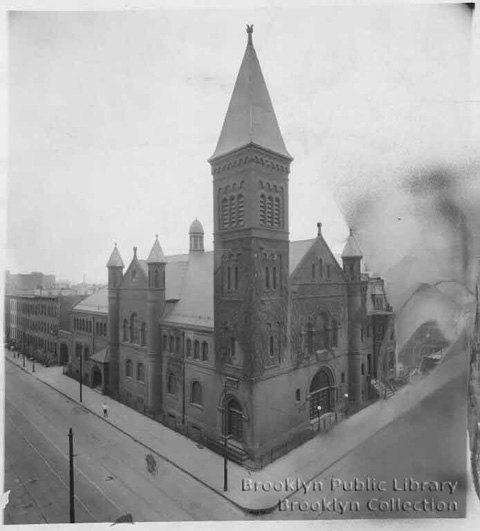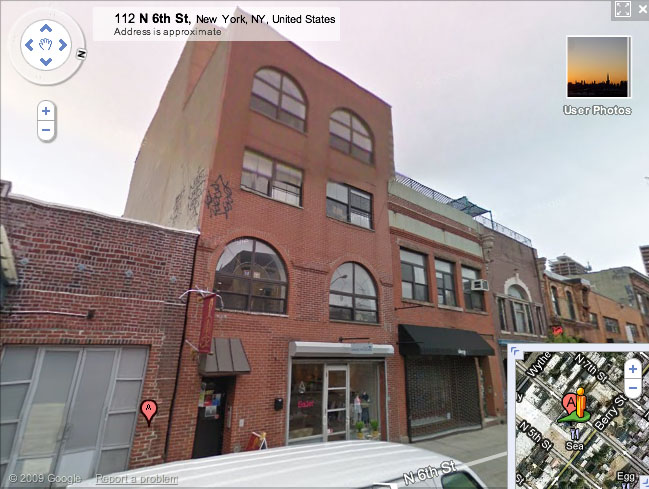
Montagues and Capulets of Brooklyn Development
The Observer’s Eliot Brown has an article out today about the warring factions on either side of the Rose Plaza rezoning. The basic thesis of the article is that the objections to the rezoning are all about politics and nothing about land use – that developer Isack Rosenberg just wants “to do the same to his waterfront land” as other developers have done elsewhere.
If Brown had done his homework, he’d know that the community has a pretty strong record of not supporting developers who want do the same as everyone else.
Rose Plaza proposes 801 units of housing, 160 (20%) of which would be affordable. Brown cites four projects in his opening paragraph that are relevant precedents. Two of these – Schaefer Landing and Domino – have (or propose) much higher levels of affordable housing (40% and 30%, respectively). The community supported Schaefer and supported the level of affordability at Domino (the objections to Domino were on other fronts). The two other projects cited by Brown – the Edge and Northside Piers – are more comparable to Rose Plaza, in that they only have 20% affordable housing. But the community voted against that rezoning, in large part because 20% was seen as too low.
Brown also cites “concerns about overwhelming the neighborhood” as another reason for opposition, but that was not a basis for the community board’s opposition to Rose Plaza. In fact, it was the board’s position that the base zoning (801 units) was acceptable, but that additional affordable housing was warranted because the developer was looking for a raft of special permits on top of the zoning change.
The community has been pretty consistent on this – give us smart, sustainable and manageable growth and sufficient affordable housing. Yes, there is political intrigue within the Hasidic community, but there is also hell of a lot of support for good growth.


